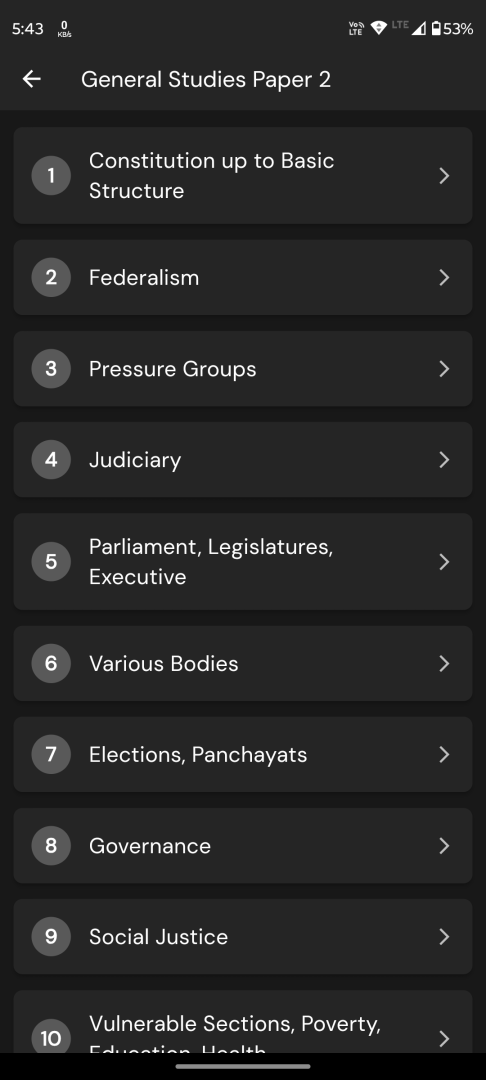Q. Give a geographical explanation of the distribution of off-shore oil reserves of the world. How are they different from the on-shore occurrences of oil reserves?
UPSC Mains 2025 GS1 Paper
Model Answer:
Offshore Oil Reserves: Global Distribution and Characteristics
Offshore oil reserves, located beneath ocean floors, constitute approximately 30% of global petroleum production. These hydrocarbon deposits are primarily concentrated along continental shelves and sedimentary basins, representing significant untapped energy resources distributed across specific geological zones worldwide.
Major Geographical Distribution:
• Continental Shelf Regions: North Sea Basin (UK-Norway waters) contains Jurassic-Cretaceous deposits, while Gulf of Mexico (US-Mexico) features Tertiary sediments with salt dome structures providing excellent hydrocarbon traps.
• Passive Continental Margins: West African Coast (Nigeria-Angola) benefits from Cretaceous rifting, and Brazilian Pre-salt fields contain ultra-deepwater reserves beneath salt layers formed during Atlantic Ocean opening.
• Arctic Frontiers: Barents Sea (Norway-Russia) and Beaufort Sea (Alaska-Canada) hold an estimated 13% of undiscovered global reserves, though climate challenges limit accessibility.
• Emerging Basins: South China Sea (Vietnam-Malaysia) and Eastern Mediterranean (Egypt-Israel) represent new exploration frontiers with substantial recent discoveries.
Key Differences from Onshore Reserves:
Offshore formations primarily develop in marine sedimentary environments with plankton-rich source rocks, contrasting with onshore mixed terrestrial-marine organic matter. Structural traps include salt diapirs and growth faults versus conventional anticlinal folds onshore.
Operational Distinctions:
• Technical Complexity: Water depths exceeding 3000m require floating platforms versus surface accessibility onshore
• Economic Factors: Development costs 3-5 times higher, necessitating larger reserve sizes for commercial viability
• Environmental Risks: Marine ecosystem threats and spill containment challenges differ significantly from terrestrial impacts
• Infrastructure Requirements: Subsea systems and pipeline laying contrast with conventional trucking and rail transport onshore
The geological controls include extensional basins formed during continental breakup, with river deltas like Niger Delta and Mississippi Delta providing organic-rich source rocks essential for hydrocarbon generation.
Conclusion: Offshore reserves offer substantial energy potential but require advanced technology and higher investments than onshore equivalents.




